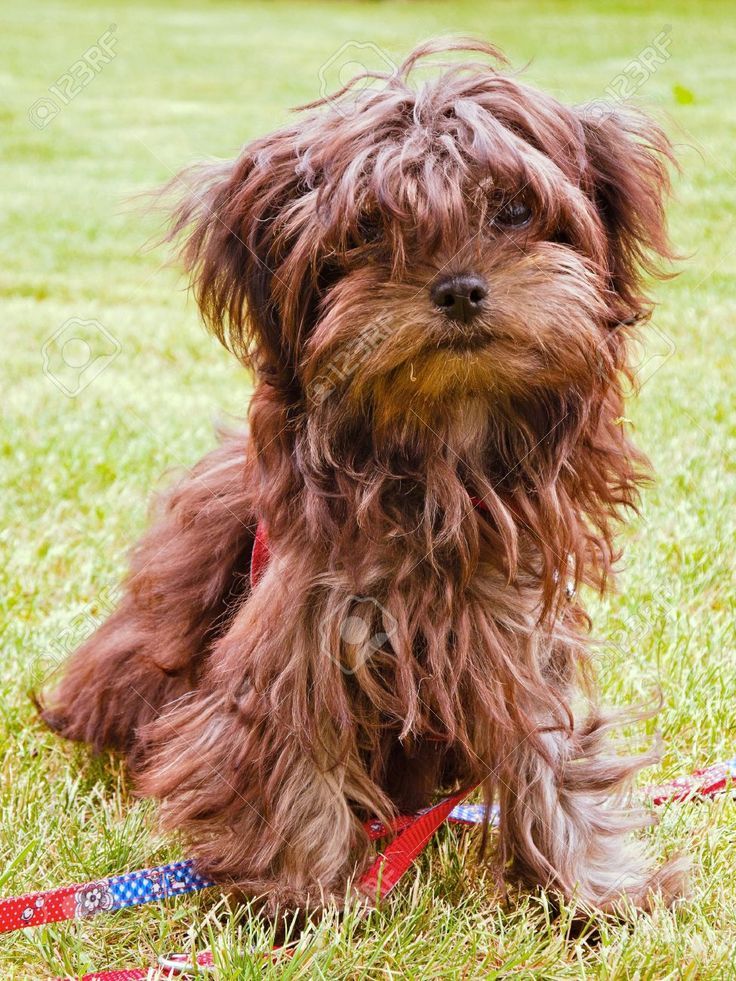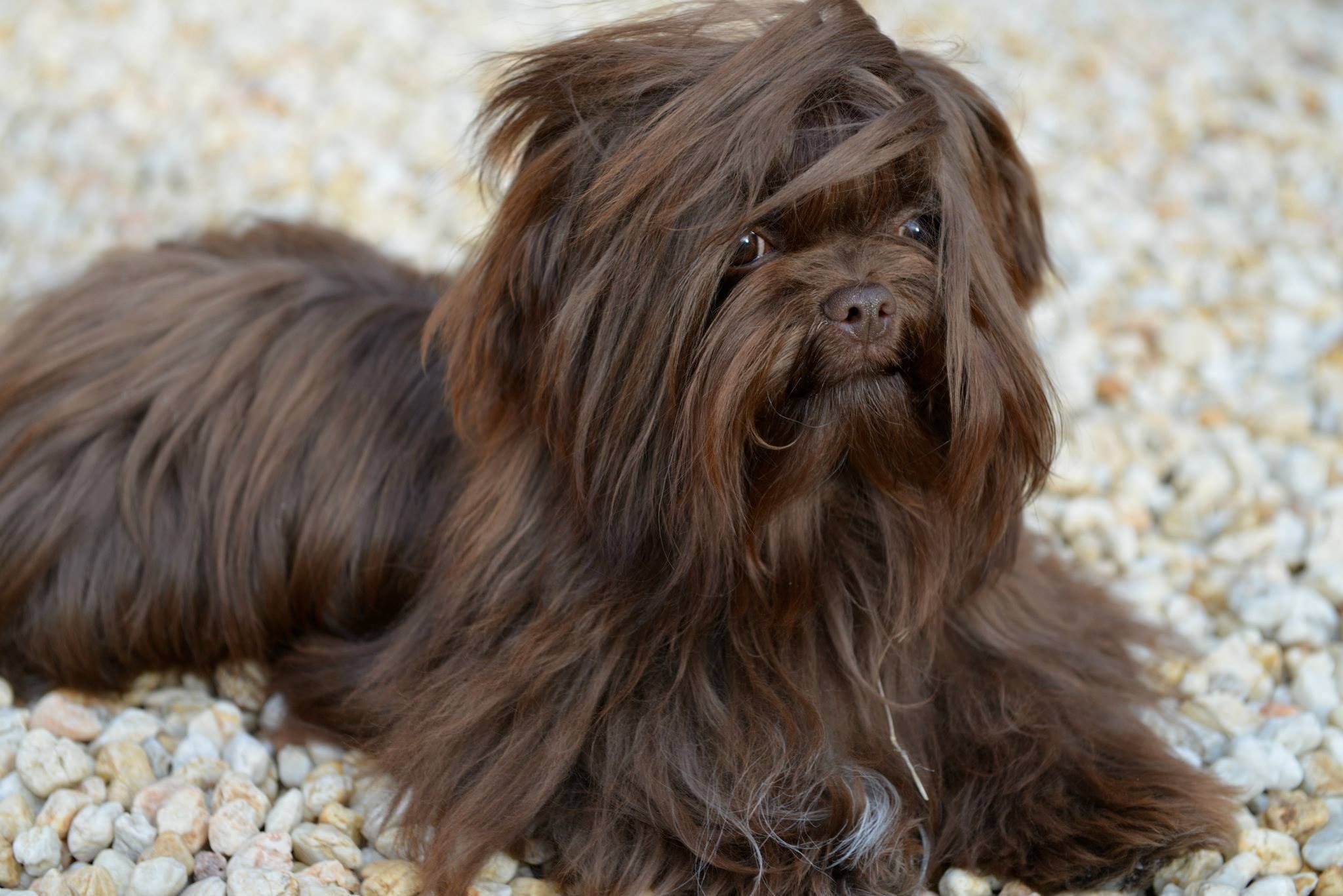Other Names: Bolonka Zwetna, Franzuskaya Bolonka, Russian Lapdog.
The Russian Tsvetnaya Bolonka, also known as the Bolonka Zwetna in Germany, or known simply as a Bolonka is a rare toy breed of the Bichon type, developed in Moscow and Saint Petersburg, Russia from the ancestors of smaller dogs such as the Bichon Frise, Toy Poodle, Shih Tzu, Pekingese and French Bolognese. They include the white variety, the Franzuskaya Bolonka, which is a variation of the Italian Bolognese. Franzuskaya means French, Zwetna is the German transcription for Tsvetnaya and means “multi-coloured”, and Bolonka translates as “Lapdog” in a number of Slavic languages. The Russian Tsvetnaya Bolonka has recently gained more fame by being the chosen breed of Prince William and Kate Middleton.
Etymology
“Tsvetnaya Bolonka” is Russian for “coloured lapdog”. The Russian Tsvetnaya Bolonka has several different nicknames. They have been called Russian Colored Bichons or Russian Lapdogs. In Germany, the dogs have been known as Bolonka Zwetna or Deutscher Bolonka since the 1980s. The Tsvetnaya and the Zwetna have the same bloodlines; however, the Nordic Kennel Union officially recognizes the Russkaya Twvetnaya and not the Zwetna. In the Czech Republic, the breed is called the Barevny Bolonsky Psik (Bolognais colour). Sometimes they are mistakenly called Bolognese. The common name of the breed in all countries is Bolonka (plural: Bolonki). The Franzuskaya (French) Bolonka is the white variety and is a variation of the Italian Bolognese.
History

The Russian Tsvetnaya Bolonka had its beginnings as far back as the early 18th century. Louis XIV of France presented Russian Tsvetnaya Bolonki as gifts to the Russian nobility. Later, the ancestors of the Russian Tsvetnaya Bolonka migrated to Russia with Napoleon’s army and they were known as the French Bolonka. Russia was never known for its toy breeds, partly because of its environment and its economic need for working dogs. Smaller breeds were considered superfluous and unnecessary, even more so during the Soviet Regime. During this time, dogs were not imported to Russia, so breeds were developed by selections from existing breeds. Being unable to import dogs from outside of Russia, the Russian Tsvetnaya Bolonka was developed by localized breeding through dog lovers in Moscow and Leningrad, who looked to the ancestors of smaller dogs such as the Bichon Frise, Toy Poodle, Shih Tzu, Pekingese and French Bolognese, with a view to creating a toy-sized lap dog that would have the right temperament for apartment living. Since 1966, they have been called the Russian Tsvetnaya Bolonka. Interest in the specific breed of Russian Tsvetnaya Bolonka revived after the fall of the Iron Curtain.
Similarly, through the connection between the Russian and French aristocracy in the 18th and 19th centuries, a dog similar to the Bichon Frise or Bolognese of today was brought to Tsarist Russia. These little white dogs were favourites of the fashionable ladies of the period in both countries. After the Russian Revolution, the Russian dogs were isolated from the French dogs. The little dogs began to be taken seriously as a native Russian breed in the 1950s and grew in popularity. Export of the dogs was strictly regulated. In 1978, a breeding pair of Franzuskaya Bolonka was sent as a diplomatic gift from the Soviet Union into the GDR. From these and a few others, the white Franzuskaya Bolonka began to be developed as a breed in Germany in the 1980s. Eventually, it was recognized by the VDF (Verband für das Deutsche Hundewesen) as a variation of the Italian Bolognese. This was at the same time as the coloured variety was being developed, the Russian Tsvetnaya Bolonka (Bunte Schoßhündchen, Bolonka Zwetnaya, Deutscher Bolonka). These dogs are not yet recognized, although they have active breed clubs in several countries.
